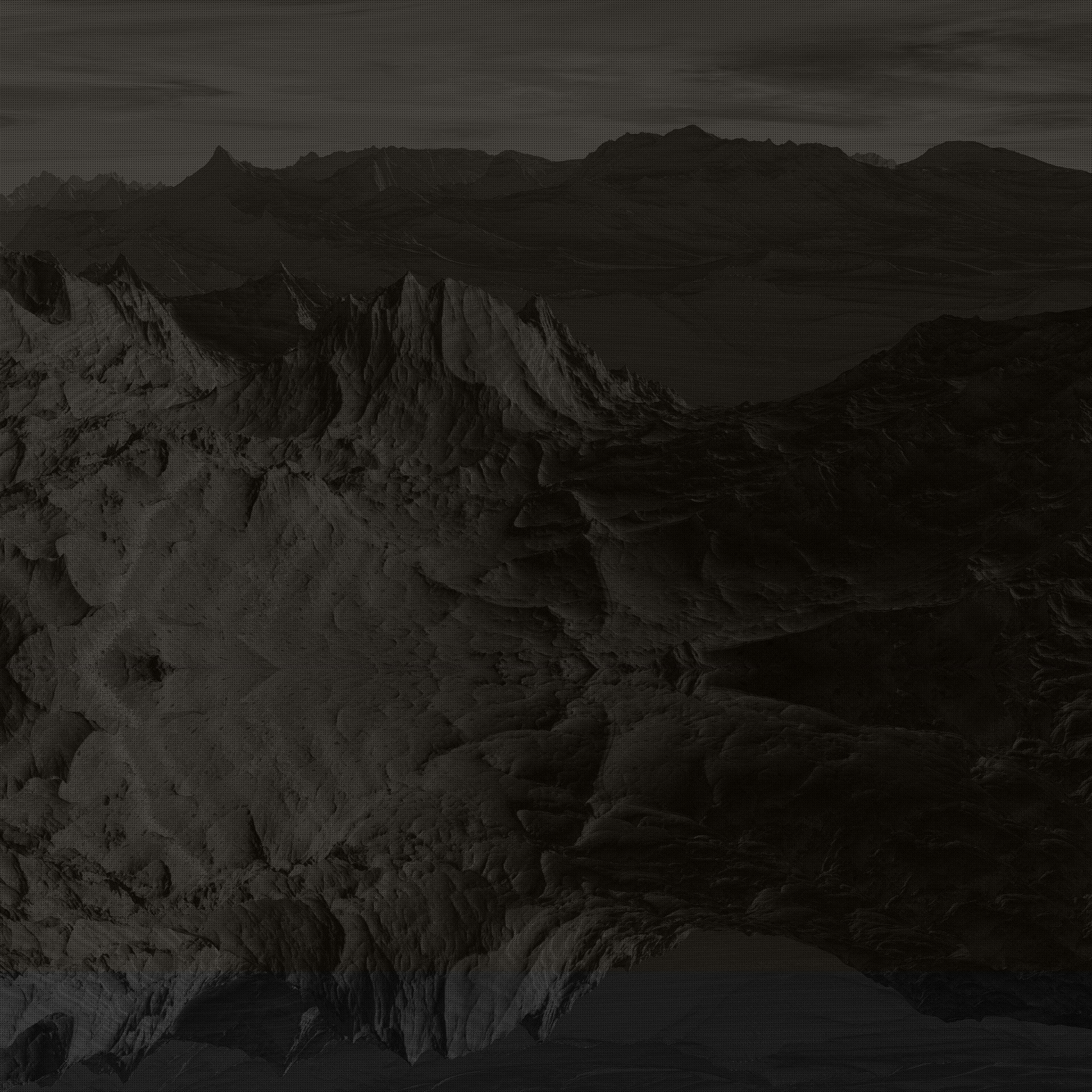
Public History Course
The sections below come from my Public History courses at Sheridan College. Each semester we pick a new theme to explore as a class. The course is project focused, with groups of students each creating a digital public history project related to the theme.
The theme for the Fall 2020 Public History course was Controversial Commemorations in Ontario. As a class, we researched and explored numerous locations, statues, and memorials across the province which have provoked controversy. This includes towns and townships which have already changed names, such as Berlin and Stalin Township, as well as place and statues that are controversial today, such as Amherstburg, Dundas, Jarvis, Kitchener, Macdonald, Russell, Ryerson, St. Volodymyr, and Swastika. Each student group selected one of these topics and created digital public history projects describing the history, background, and current issues surrounding these commemorations. You can access these projects by clicking on the black circle letters on the map.
The theme for this semester focused on historical plagues, diseases and illnesses. It looked at not just the deaths and suffering, but also how past societies coped and responded once the pandemics ended or the diseases subsided. The connections with today are obvious, as Canada continues to roll out vaccines for COVID 19 and we start to see what the post-pandemic world will look like

The Theme for Dr. Robert Tiegs Public History Fall 2021 course required student groups to “bring a primary source to life.” The groups were tasked with selecting a primary source from the Frontier Life: Borderlands, Settlement, and Colonial Encounters database and creating a micro-history of it that explains important aspects of the Indigenous-Settler relationship from Western Canada. Dr. Tiegs comments that it was one of the more challenging themes attempted thus far is very proud of what the students have created.
As we entered into the third year of the pandemic, and all the anxiety and stress that go along with it, I thought a good theme for this semester's public history course would be "Joy in the Mundane." Personally, I have found the "new normal" of the pandemic to be disheartening and dispiriting. I had a hunch, that I was not the only one feeling this way. So, in order to push back against the negative thoughts and feelings and reclaim some inspiration, excitement, and wonder, I decided to select a theme which helps us find "Joy in the Mundane." The student groups this semester were tasked with selecting common, every-day items, and creating a digital public history project that recounted their histories. These objects are often overlooked, but have fascinating stories to tell, if we only look. I hope these student projects allow you to recapture the joy in the everyday as they have helped me break out of my funk.
For the Winter 2023 semester, the Public History theme focuses on the exploration of the history of the Sheridan Trafalgar campus and the creation of augmented reality exhibits. The goal of the theme is to help rebuild a sense of community at the campus now that in-person learning has largely recommenced following the pandemic and lockdowns. Now that we are back in person, the goal of this theme is to help students, faculty, staff, and visitors alike develop a sense of place and connection with the college through self-guided augmented reality exhibits around campus. Each group of students has been tasked with the creating the content for two exhibits. One exhibit came through researching archival materials such as the Sheridan Sun student newspaper and the other exhibit came through alumni who shared their stories and experiences with the students. The exhibits, or "portals to the past" were installed in the Spring and Summer semesters by student workers in the Interaction Design program.